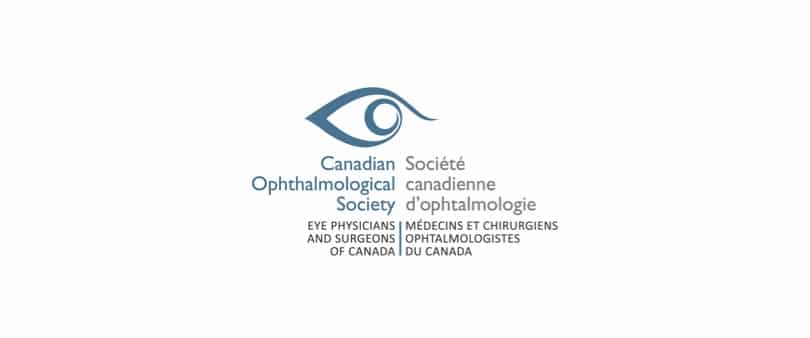Glaucoma Awareness Month Draws Attention to Preventable Vision Loss
Thursday, January 19 2023 | 13 h 07 min | News, Press Release
Known as the “silent thief of sight”, glaucoma is the leading cause of irreversible blindness worldwide that affects nearly 800,000 Canadians today. Yet, according to a national survey by the Canadian Ophthalmological Society (COS), in partnership with the Canadian Association of Optometrists, less than half (47%) of Canadians are familiar with glaucoma, with this number decreasing to 37% for younger Canadians aged 18-34.
For Glaucoma Awareness Month, the COS is reminding Canadians of the importance of regular comprehensive eye exams, as it’s the only way to detect this eye disease and prevent permanent vision loss.
“While there are several conditions that can lead to vision loss, none are as dangerously subtle as glaucoma,” says Dr. Phil Hooper, President of the Canadian Ophthalmological Society. “Damage to the eye from this disease often develops slowly over long periods of time with few symptoms and the damage which is done is irreversible. While there is no cure for glaucoma at this time, medication and surgery can help you live with the disease and slow its progress.”
While optometrists can diagnose and often treat some types of glaucoma, patients are referred to an ophthalmologist if they’re diagnosed at an advanced stage or if the patient’s condition is progressing at a rapid rate. For instance, Virginia Gray, a 68-year-old glaucoma patient, noticed changes to her vision and was unable to get a definitive diagnosis after several years. This led to a referral to an ophthalmologist, Dr. Briar Sexton, a member of the COS. During the appointment, Dr. Sexton performed a visual field test, an instrument that tests a patient’s peripheral vision by getting them to press a button whenever they see a flashing light.
“Given that my glaucoma wasn’t associated with elevated eye pressure, it was difficult for an eye care professional to diagnose me,” says Virginia Gray, a glaucoma patient of Dr. Sexton. “Once an optometrist referred me to my ophthalmologist, Dr. Sexton, she was able to determine the best course of treatment, which significantly halted the progress of my optic nerve damage.”
Blinding diseases affect older adults (55+) at much higher rates and as Canada’s population ages, the number of individuals affected by vision impairment will rise. That’s why the Canadian Ophthalmological Society, along with several other eye care associations, is advocating for a Vision Health Desk at the Public Health Agency of Canada. This national initiative will support eye health and work with provinces and territories on strategies for eye health, vision care, and the full integration of post-vision loss rehabilitation therapy into the healthcare continuum.
“My advice to Canadians, if you have any concerns about changes to your vision, especially if over the age of 50, it’s important to communicate with a healthcare provider so that they can determine if an ophthalmologist intervention is the best course of action,” continues Gray. “You’re never too young to start caring for your eyes, so it’s important to take action now by educating yourself about this disease and familiarizing yourself with its diagnosis and treatment.”
Click HERE for the full press release.






